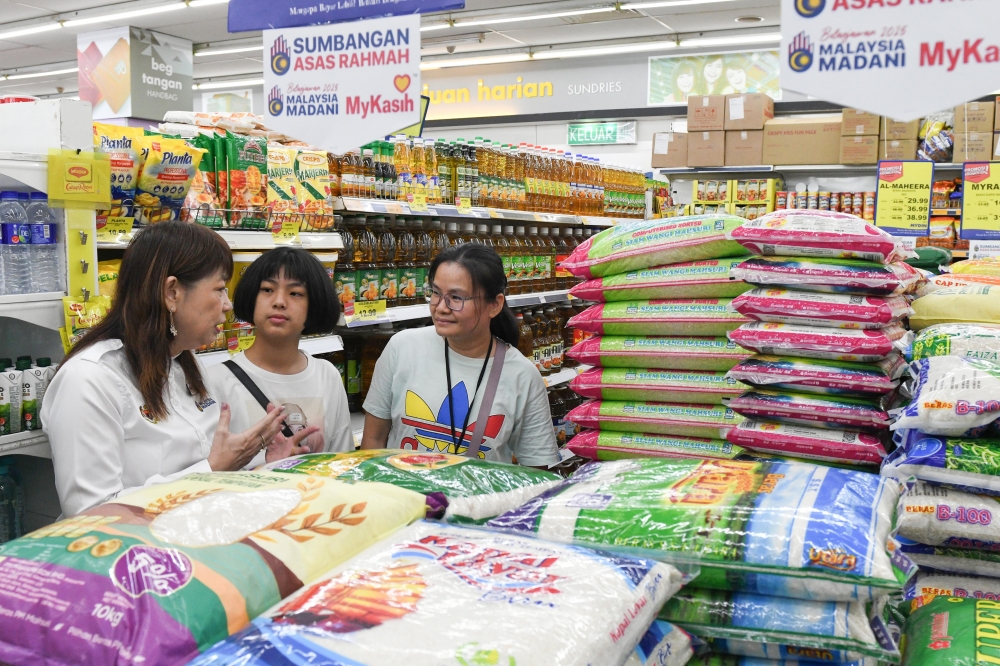Beyond the Billions: Why Climate Adaptation Finance Needs a Quality Shift for Real Impact (Philippines Focus)

The Adaptation Finance Debate: More Than Just Numbers
The discussion around climate adaptation finance has long been dominated by a simple question: how much money is being allocated? For developing nations like the Philippines, particularly vulnerable to the impacts of climate change, this has been a core battleground in international climate negotiations. The promise of financial support from developed nations, enshrined in agreements like the Paris Agreement, remains a crucial hope for building resilience against increasingly severe weather events, rising sea levels, and other climate-related challenges.
However, the sheer volume of funds pledged doesn't guarantee real-world impact. The focus on quantity of adaptation finance has overshadowed a critical need: a shift towards quality. This means ensuring that the money is spent effectively, reaches those who need it most, and delivers tangible, lasting benefits.
COP29 and the Urgent Need for Action
The recent United Nations climate conference (COP29) in Baku highlighted this urgency. While commitments were made, the question of how these funds will be deployed remains. Developing countries, including the Philippines, are rightly demanding greater transparency, accountability, and a more strategic approach to adaptation finance.
What Does 'Quality' Adaptation Finance Look Like?
Moving beyond simply counting dollars requires a fundamental rethink of how adaptation finance is designed, delivered, and monitored. Here's a breakdown of key elements:
- Needs-Based Prioritization: Finance should be driven by the specific vulnerabilities and priorities identified by local communities and national governments. The Philippines, with its archipelago geography and exposure to typhoons, needs targeted investments in coastal protection, resilient infrastructure, and disaster preparedness.
- Local Ownership & Capacity Building: Projects should be designed and implemented with the full involvement of local communities. This fosters ownership, ensures relevance, and builds local capacity to manage and maintain adaptation measures. Training and skills development are vital components.
- Innovation & Technology: Investing in innovative technologies and approaches, such as climate-resilient agriculture, early warning systems, and nature-based solutions, can significantly enhance the effectiveness of adaptation efforts. The Philippines can leverage its vibrant tech sector to develop and deploy tailored solutions.
- Integration with National Development Plans: Adaptation shouldn't be treated as a separate agenda. It needs to be seamlessly integrated into national development plans and sectoral policies, ensuring long-term sustainability.
- Robust Monitoring & Evaluation: Regular monitoring and evaluation are crucial to track progress, identify challenges, and ensure accountability. Clear metrics and transparent reporting are essential.
The Philippine Context: Challenges and Opportunities
The Philippines faces unique challenges in accessing and utilizing adaptation finance. Bureaucratic hurdles, limited institutional capacity, and corruption can hinder the flow of funds. However, there are also significant opportunities. The country's strong civil society organizations, entrepreneurial spirit, and commitment to climate action provide a solid foundation for building a more resilient future.
Moving Forward: A Call for Action
The transition from quantity to quality in climate adaptation finance is not just a matter of policy; it's a matter of survival for vulnerable nations like the Philippines. Developed countries must fulfill their financial commitments and prioritize investments that deliver real impact. Developing countries must strengthen their governance systems, build local capacity, and demand greater accountability. Only then can we hope to build a climate-resilient future for all.






